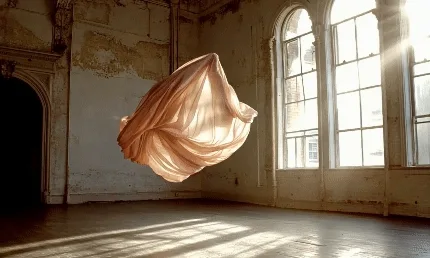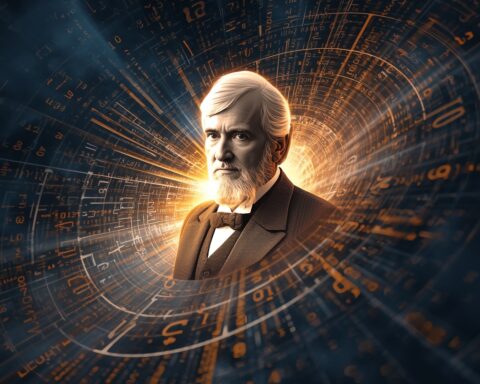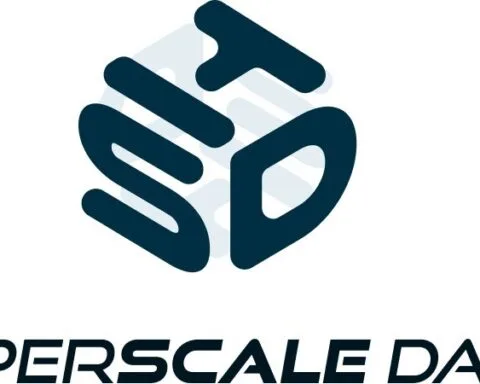Last Updated on October 9, 2024 12:08 pm by Laszlo Szabo / NowadAIs | Published on October 9, 2024 by Laszlo Szabo / NowadAIs
Runway’s Keyframe: The Secret Behind Those Smooth Trasforming AI Videos – Key Notes
- Runway’s Keyframe system lets users create smooth transitions between two images by selecting start and end points
- Users can choose between 5-second and 10-second durations for different complexity levels
- Success depends on selecting compatible images with similar elements (shapes, colors, or movement patterns)
What’s All This Runway Keyframe Business Anyway?

If you’ve been scrolling through social media lately, you’ve probably seen those mind-bending videos where one scene melts impossibly smooth into another. No jarring cuts, no amateur transitions – just pure visual poetry. The secret sauce? Runway’s keyframe animation system, and it’s about to become your new creative obsession.
Think of keyframes as the “before” and “after” snapshots of your visual story. Remember those flip books where you’d draw slightly different images on each page? Runway’s keyframe system is like that – if the flip book was created by a genius who could fill in every single frame perfectly. You just pick your starting and ending points, and boom – Runway handles all the heavy lifting in between.
The Art of Perfect Keyframe Selection
Runway just released their new Keyframes feature! Here are a few of my favorite clips that I’ve generated so far to help get you started.
Have fun y’all and let me know if you have any questions!🧵 pic.twitter.com/PAXwibFmuc
— 🍥 Timmy 🍥 (@IXITimmyIXI) October 8, 2024
Here’s where most creators mess up: they try to go from a shot of their cat to the surface of Mars in one go. Sure, you can do it, but should you? The pros know better. The secret to those butter-smooth transitions everyone’s drooling over is picking keyframes that actually play nice together.
Want to create something that’ll make viewers forget to breathe? Start with scenes that share some DNA. Maybe both frames have similar shapes, colors, or movement patterns. It’s like matchmaking for images – the better they vibe together, the smoother their dance will be.
Time is Your Canvas: 5 vs 10 Seconds
Runway Key Frames → Pretty damn cool.
Impressed with how smooth it is.
Need to test the hell out of this.
PROMPTS:
Scorpion → panning left shot, scorpion monster walking eerily towards as the camera focuses for a closeupTesla Sketch → hand drawn sketch comes to life… pic.twitter.com/YOeibA7HZE
— Rory Flynn (@Ror_Fly) October 8, 2024
Runway’s giving you two flavors of time to play with: 5-second and 10-second transitions. The 5-second option is your espresso shot of visual impact – quick, punchy, and perfect for those “wait, what did I just watch?” moments on social media. But when you’re cooking up something more complex, like transforming a cityscape into a blooming garden? That’s when the 10-second option becomes your best friend.
The Secret Language of Movement
Here’s where the magic really happens – crafting the perfect prompt to guide your transition. Forget vague instructions like “make it cool.” The key is being specific about the movement you want to see. Want your scene to flow like water? Say that. Want elements to spiral outward? Tell Runway exactly that.
Pro tip: Focus your prompts on the journey, not just the destination. Instead of just describing what you want to see, describe how you want to see it unfold. It’s the difference between “turn a tree into a dancer” and “have the tree’s branches gracefully unfurl and twist into the flowing form of a dancer.”
Real Talk: Keyframe Combos That Actually Work
Let’s get into some combinations that are guaranteed to make your viewers hit that replay button:
- Liquid transformations are pure gold. Start with anything that ripples or flows – ocean waves, coffee swirls, paint pours – and watch Runway work its magic as one fluid form morphs into another.
- Nature transitions are crowd-pleasers. A flower blooming into a butterfly? Chef’s kiss. The key is matching the natural flow of movement – think unfurling petals that become spreading wings.
- Architecture morphs can be stunning if you match your lines right. A cityscape can transform into a forest when you match the vertical lines of buildings with trees.
Avoiding the Rookie Mistakes
Runway just released their new Keyframes feature!
Here are a some of my favorite clips from community.
🧵📹 via IXITimmyIXIpic.twitter.com/pDDJ1GW75n
— AshutoshShrivastava (@ai_for_success) October 9, 2024
Look, we’ve all been there – getting too ambitious and ending up with something that looks like a glitch in the Matrix. Here’s what not to do:
- Don’t try to transition between scenes with completely different lighting
- Avoid pairing subjects with wildly different scales
- Skip the temptation to transition between totally static and highly dynamic scenes
Taking Your Keyframe Game to the Next Level
Ready to level up? Here’s where the pros play:
- In Runway Gen-3 Alpha start building a library of “transition-friendly” images that you know work well together
- Experiment with matching colors and textures rather than just subjects
- Use the longer 10-second duration to create more complex, multi-stage transformations
- Think in terms of motion patterns – spinning things work well with other spinning things, flowing with flowing, etc.
The Bottom Line
Runway’s keyframe animation isn’t just another tool in your creative toolkit – it’s a whole new way of thinking about visual storytelling. Whether you’re a content creator trying to stand out in a crowded feed or a professional looking to add some serious wow factor to your work, mastering keyframes is your ticket to creating those “how did they do that?” moments.
Remember: the best transitions aren’t just about the start and end points – they’re about crafting a journey that makes viewers forget they’re watching something artificially generated. And with Runway’s keyframe system, that journey just got a whole lot smoother.
Now get out there and start making some AI magic. Just try not to break the internet with your mind-bending transitions. Actually, scratch that – go ahead and break it. That’s what these tools are for.
Descriptions
- Keyframes: The starting and ending points of an animation sequence that define the main visual changes
- Prompt: Text instructions given to the AI to guide the transition’s style and movement
- Transition-friendly images: Pictures that share similar visual elements making them suitable for smooth morphing
- Motion patterns: The way elements move during a transition (e.g., flowing, spinning, expanding)
- Static vs. dynamic scenes: Static scenes have little movement, while dynamic scenes contain active motion
- Scale compatibility: How well the size of objects in different images match for transition purposes
- Visual DNA: Shared characteristics between images like colors, shapes, or textures that make transitions work better
Frequently Asked Questions
- How does Runway’s Keyframe choose what happens between the start and end points?
Runway’s Keyframe uses AI to analyze both images and creates a smooth transition path. The system considers shared elements, colors, and shapes to generate frames that naturally flow from one scene to another. - What makes Runway’s Keyframe different from traditional video transitions?
Runway’s Keyframe creates entirely new frames between your start and end points, unlike traditional transitions that simply blend or cut between scenes. This AI-powered approach produces more organic and creative transformations that would be impossible to achieve manually. - Can Runway’s Keyframe work with any two images?
While Runway’s Keyframe can technically transition between any two images, the results work best with compatible pairs. Images with similar elements, lighting, or composition will produce smoother, more natural-looking transitions. - What’s the best duration setting for Runway’s Keyframe transitions?
Runway’s Keyframe offers 5-second and 10-second options. Simple transitions often work well with 5 seconds, while complex transformations benefit from the longer 10-second duration to achieve more natural-looking results. - How important are prompts in Runway’s Keyframe system?
Prompts are crucial in Runway’s Keyframe as they guide the AI’s interpretation of how the transition should unfold. Specific, detailed prompts about movement and style produce better results than vague instructions.








